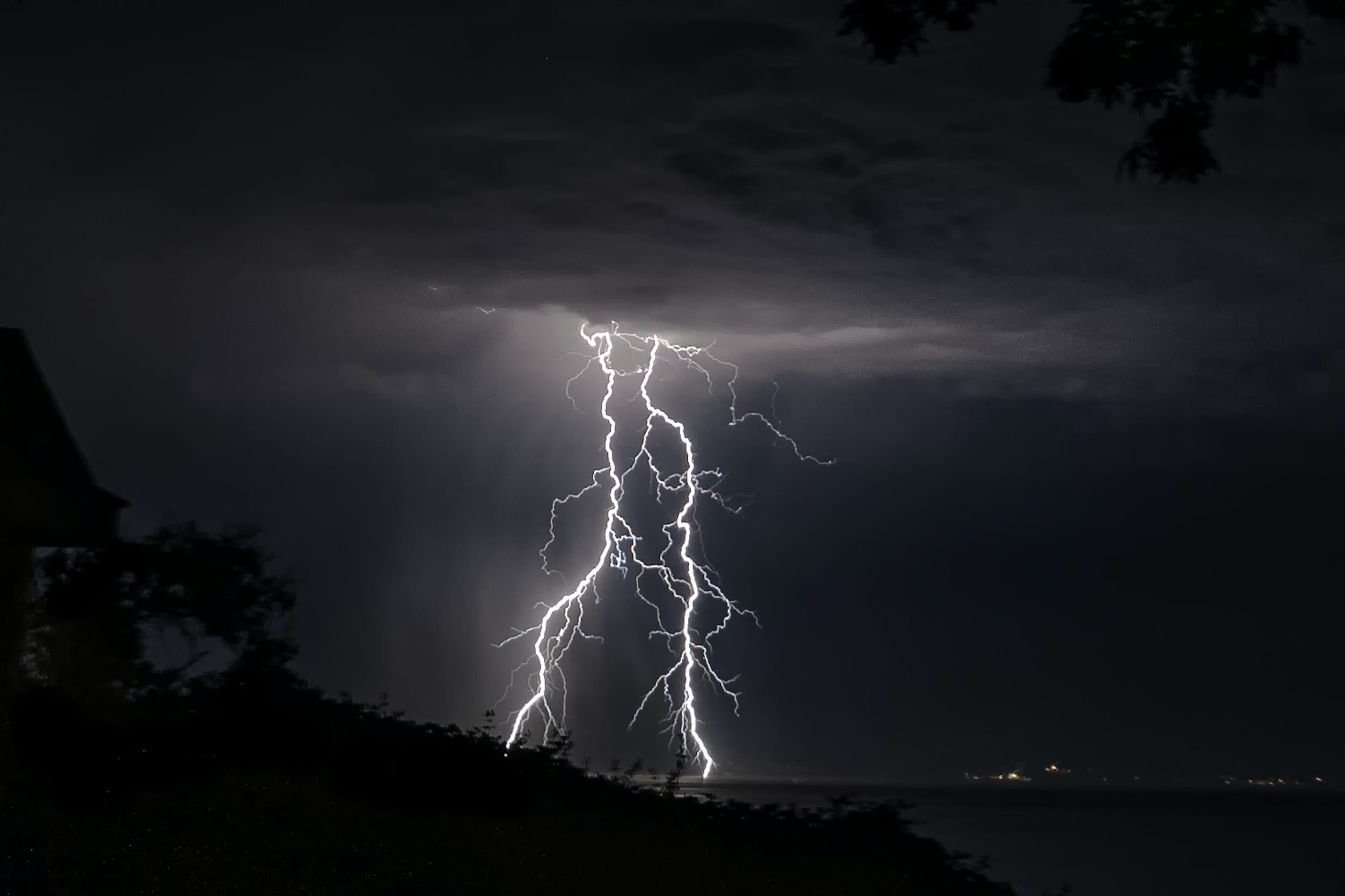Two Poems about storms in Hhyakunin Isshu 百人一首
Photo by Shlomo Shalev on Unsplash
The word “thunderstorm” is a synonym for “typhoon” for me, who grew up in Japan.
When the typhoon approaches, first the air feels a little moist and lukewarm. Then large drops of rain start to hit. The wind picks up. You hurry to go inside the house.
You shut all the windows and doors. Most Japanese houses have “amado 雨戸,” storm shutters outside the windows, to protect the glass pane from being broken by objects flown by the gust. You make sure to close all the amado.
It’s dark in the house, losing natural light coming in from the windows. In case the furious wind knocks down power lines, you make sure you have flashlights and candles around.
While the violent gust and the rain continue, you stay inside the house, sometimes feeling the entire house shaking. You hope the roof tiles won’t be blown away.
Several hours later, normally the next morning, both the wind and the rain are gone. The beautiful blue sky spreads above, as if nothing terrible ever happened. The typhoon is gone.
“Two hundred and ten days 二百十日,” is a word people in Japan used to refer to typhoons. 210 days after the first day of the spring, normally September 1st or 2nd, is said to be the day we must be most careful about typhoons. With climate change, this term may be already extinct, but for centuries, autumn has been the season of typhoons in Japan.
In Hyakunin Isshu, there are two poems that read about storms. And they are both poems of autumn.
22/100 文屋康秀 by Bunya no Yasuhide
吹くからにFuku kara ni
秋の草木もAki no kusa kimo
しをるれば Shiworureba
むべ山風をMube yama kaze wo
嵐といふらむArashi to iuramu.
The following is the English translation by William N. Porter (1909).
THE mountain wind in autumn time
Is well called ‘hurricane’;
It hurries canes and twigs along,
And whirls them o’er the plain
To scatter them again.
69/100 能因法師 by No-in Hoshi
嵐吹く Arashi fuku
みむろの山のMimuro no yama no
もみぢ葉はMomiji-ba wa
竜田の川のTatsuta no kawa no
にしきなりけりNishiki nari keri.
The following is the English translation by William N. Porter (1909).
THE storms, which round Mount Mimuro
Are wont to howl and scream,
Have thickly scattered maple leaves
Upon Tatsuta’s stream;
Like red brocade they seem.
